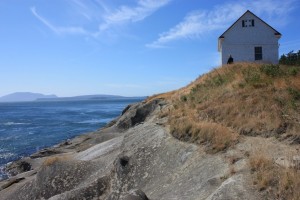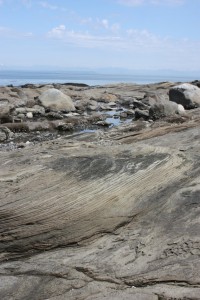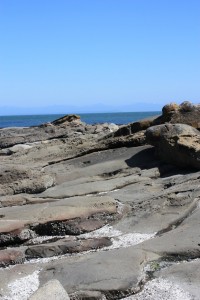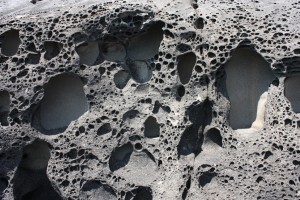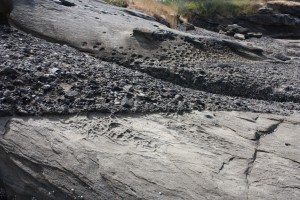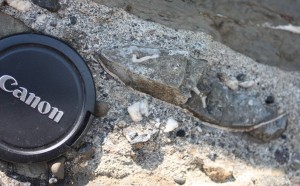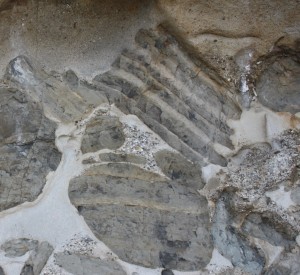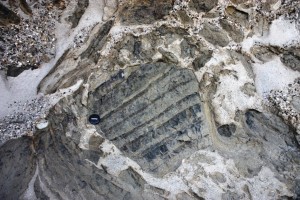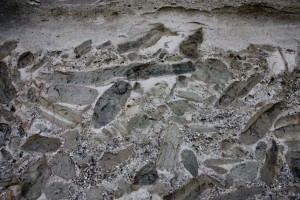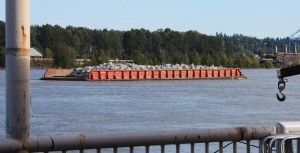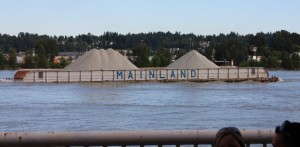After yesterday’s winge, I have to give props to Elizabeth May for addressing the EMF issue head-on. I disagree with her position (as do a lot of other Green supporters, based on the responses to her post), but she isn’t ducking and hiding. Instead, she is providing the rationale for her position, and providing a set of independent data that supports her position, allowing those interested to make their own, more informed judgements. This is what an accountable politician should do. Contrast this with the Conservative approach when they are challenged to provide background or scientific analysis of any of their policies!
People are right to point out the flaw in the Federal Green Party approach to this issue. According to Elizabeth May: “There is no scientific consensus on EMF and health.” That should sound eerily familiar, as this is the central argument used by Climate Change Deniers: there is no scientific consensus. To support this, she provides links to a couple of recent studies, yet completely disregards the thousands of studies on the biological effects of electricity, magnetic fields, and non-ionizing electromagnetic radiation that have been done over the last 100 years. This is the equivalent of arguing that Anthropogenic Global Warming is not happening because a paper came out in Nature suggesting Mars has experienced some warming over the last decade (yes, this is an actual argument you can find in the climate change denier crowd). There is scientific consensus on these topics, and just like the consensus that our planet is an oblate spheroid and circles the sun, there will never be unanimous agreement. Few are those who can win an argument against a dedicated flat-earther.
May often talks about the “precautionary principle”, and brings it up in this debate. The problem is that the principle can not rationally be applied until we pass a threshold of plausibility. Sleeping with your lights on to avoid the monsters under your bed is not precautionary (who can prove there aren’t invisible monsters!?!), it is silly. Similarly, there is no plausible link between WiFi and the list of ills Magda Havas applies to them. We know this, because the technology behind cell phones, WiFi, Smart Meters, etc. is nothing new. Sure, the actual device is new, but they are not generating any magic waves that humans have not generated for more than 100 years. Nokia didn’t invent microwave communication, they just put it in a colourful compact package. They also happen to be the same waves that the sun sends our way every day. The scientific body of evidence exists, and the day-to-day experience with actual EMF-generating equipment throughout our lives has demonstrated that they do not cause cancer, MS, Alzheimer’s, ADD, planters warts, or whatever Magda Havas is claiming they cause this week. We also have no plausible mechanism offered through which non-ionizing radiation can cause any of these ills, and none offered by the people claiming a link. This is very far from any plausibility threshold.
That said, let’s not lose track of the BC Green Party issue. Jane Sterk is not suggesting limiting cell phone transmitter power, or buffering cell towers from residential areas, or banning cell phones from kids, she is talking about putting what is essentially a cell phone on the wall of your house that will transmit data for less than a minute a day. Your exposure to EMF from this device will be equivalent to sitting in the same SkyTrain car as a cell phone user for one minute, or sitting at a stop light when the guy in the car next to you is texting his friend. And on this basis, the Green Party is opposing what is essentially an energy conservation measure, is distracting from other, possibly valid, concerns about the Smart Meter program, and is giving a grifter like Magda Havas a platform.
Although I have not heard an official announcement, a friend connected to the BC party has suggested that the Party leadership has recognized this might have been a mis-step, and they are discussing changes in their protocols to verify the professional credentials and the quality of the research and publications of the experts they use to help guide their policy. This is a good sign. We all make mistakes, but the true measure is how we learn from them, and how we adapt in light of them.
oh, and XKCD, once again, has it right:

